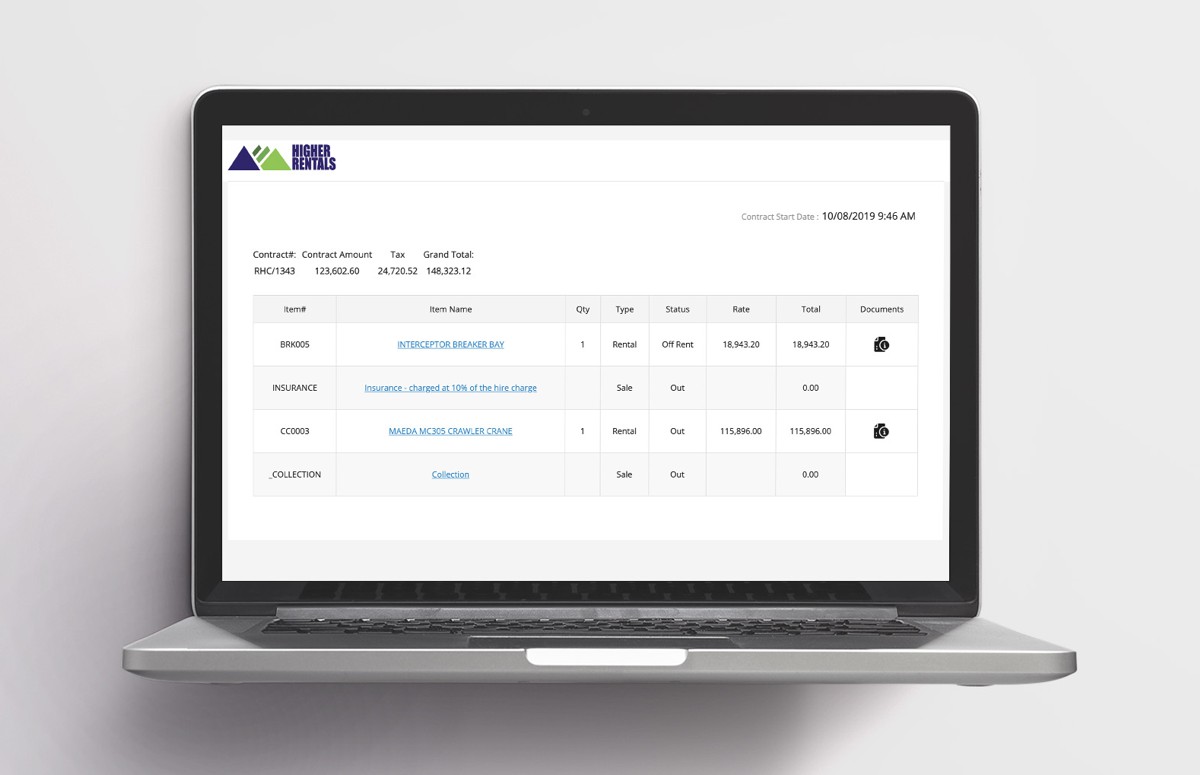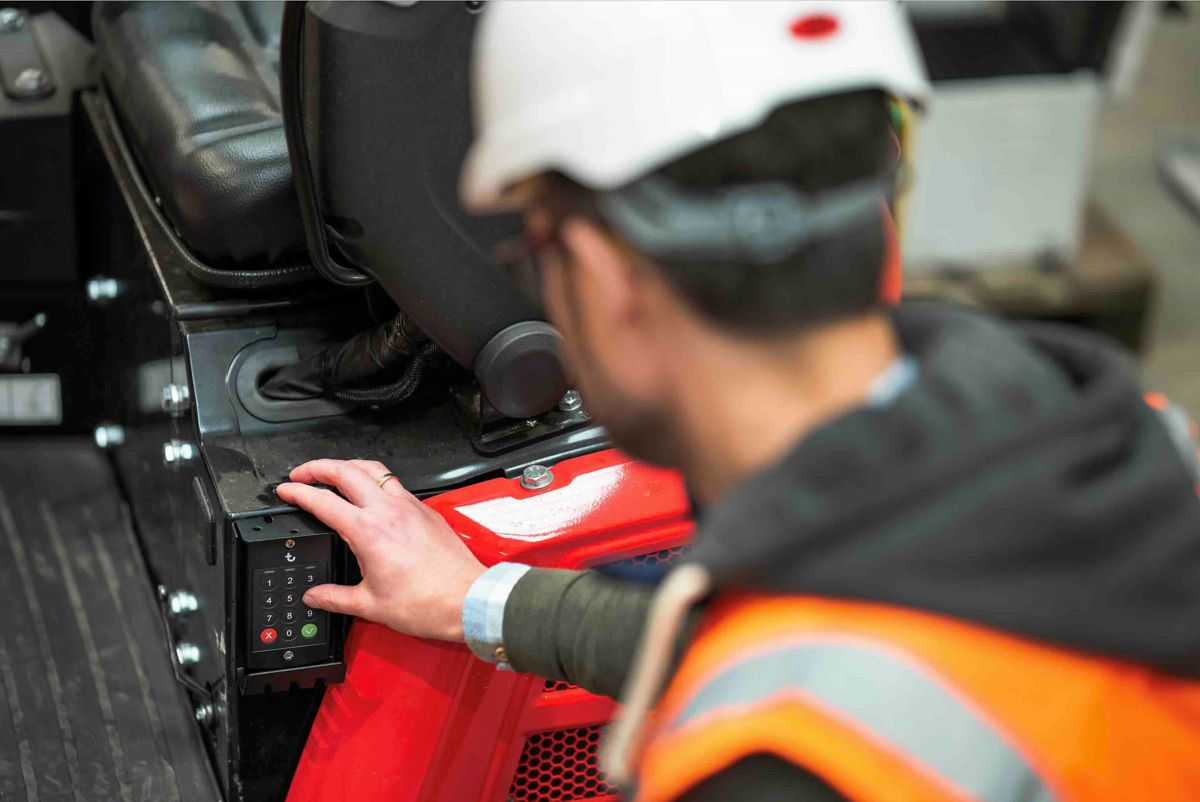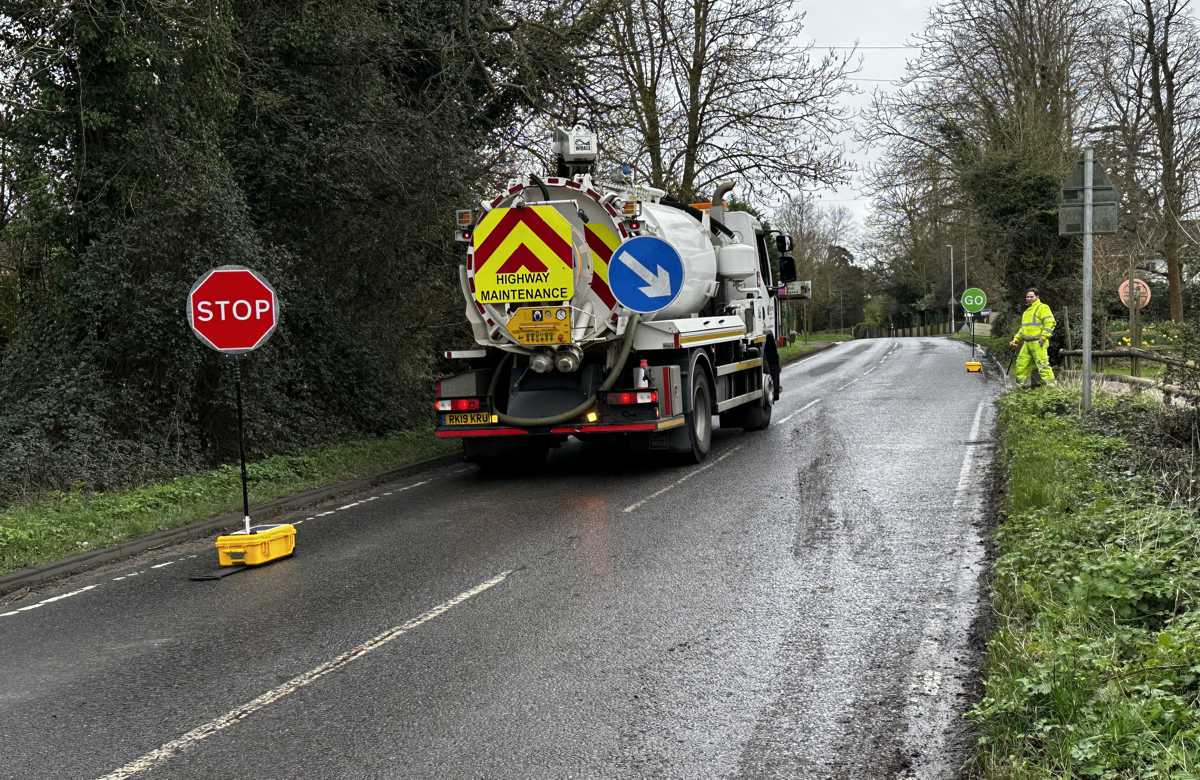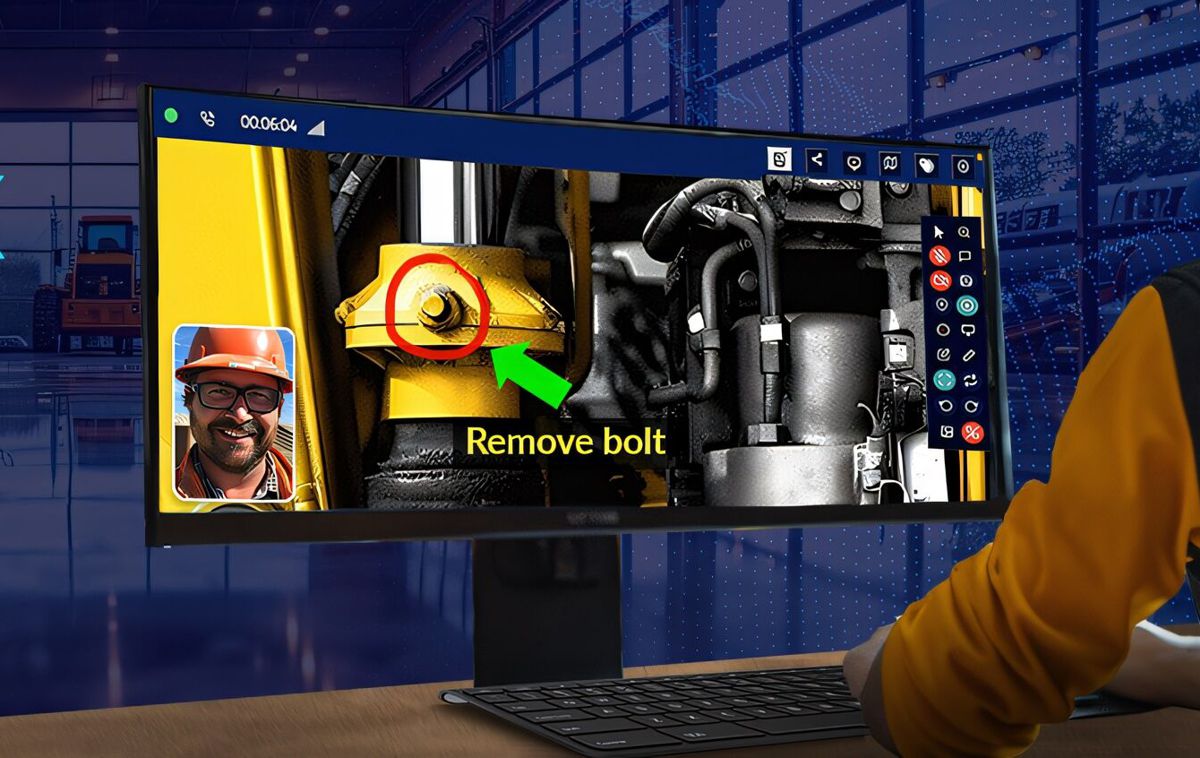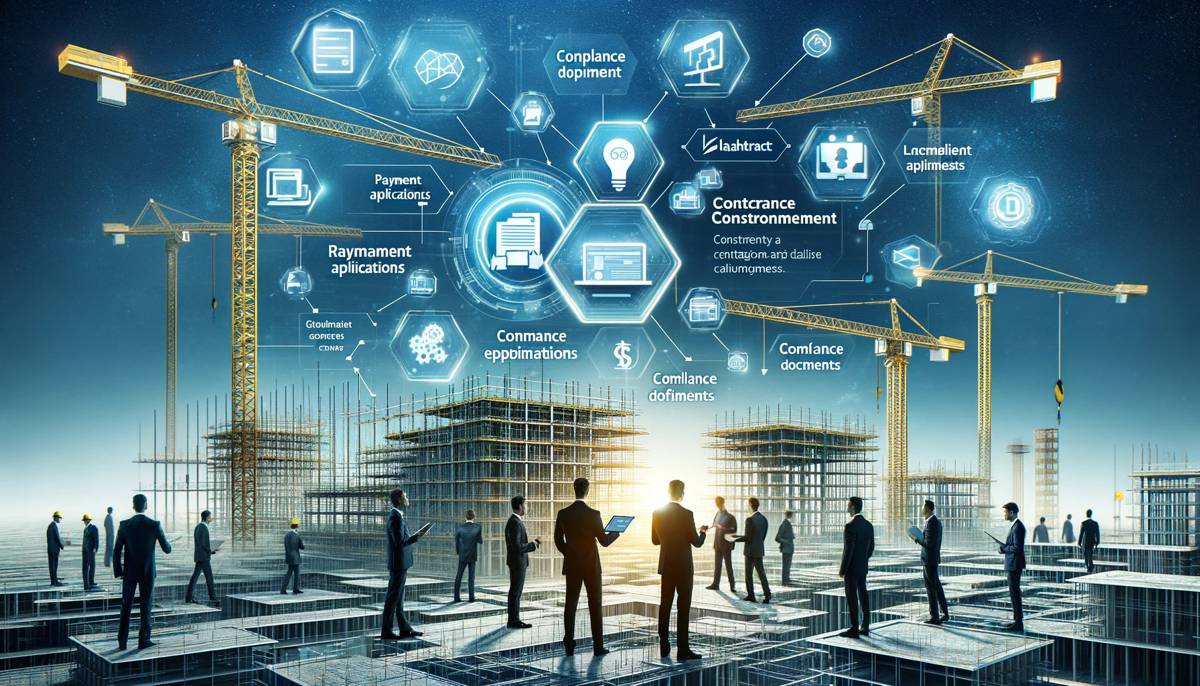4 ways technology can solve simple problems in your construction company
Even in the most difficult conditions, the construction industry must march on. Its work is simply too important to be suspended for long. That isn’t to say that construction companies haven’t struggled somewhat in the era of COVID-19, though. Owing to demand wavering at various levels and complex health and safety measures becoming necessary, profits have suffered.
This is why it’s vitally important for today’s construction companies to take advantage of all available technology. There may not be an algorithm or software tool that can dramatically change how you operate, but there are plenty of ways in which you can address some of your simplest problems. In this post, we’re going to look at four such ways. Let’s get to them.
Software can ease compliance issues
Even before a pandemic ramped things up, compliance was an arduous process in the world of construction. Businesses had to jump through myriad hoops to ensure that all their workers were kept adequately protected (and that they were shielded from potential legal action in the not-uncommon event of a project falling apart). There’s a solid chance that you currently put a lot of time into completing paperwork and manually reviewing risk factors.
Thankfully, the existence of compliance software means that you can markedly improve this situation. Today’s ERP suites (ERP being enterprise resource planning) work in legal frameworks so users can ensure that money is going where it’s most useful and that no important investments are going overlooked.
Digital tracking can boost efficiency
The careful application of analytics is a valuable addition to any business, and it’s particularly useful in an industry that’s traditionally been more easy-going when it comes to task analysis due to the difficulty of tracking offline events. Through always-on mobile connections, IoT tags, and flexible oversight, it’s simpler to gauge performance than ever before.
Want to implement direct site monitoring? You can draw upon a mobile CCTV system from a provider like VPS Site Security. Eager to cut back on your fuel costs? Give each of your fleet drivers a fuel card from a site like iCompario, and use a routing tool from a company like Paragon. There are so many online services that can help you glean insight into how well your company is running, and you should reap the benefits.
VR and AR can improve design
It’s standard for construction projects to start with CAD software, but there’s a major difference between getting something mapped out on screen and actually seeing it built. Using VR and AR tech, you can bridge that gap somewhat. Using VR headsets (which are already used for training), you can virtually traverse a 3D construction plan through a service such as IrisVR, noting any issues with the layout and possibly even making edits on the fly.
As for AR, the future lies in headsets akin to Microsoft’s Hololens 2, an AR device that could be used to superimpose potential alterations over a live feed of a construction site — but you can already draw upon AR preview apps to see how particular items of furniture will fit in particular areas. There are plenty of instances in which that would be useful.
3D printing can speed up modelling
Though 3D printing technology has been around for quite a while, recent years have seen costs come down massively — and at the same time, online resources have grown immensely. If you have yet to invest in a 3D printer, this is a good time to try it. Even a consumer-level printer can help you with scale modelling, something that can significantly aid client communications.
Additionally, while it may be far bigger a move than you’d consider, it bears noting that there are now 3D printers built specifically for full-scale construction (Aniwaa has some examples). Through such a printer, it’s already possible to build segments of houses. It doesn’t quite fit the theme of this piece, but it’s sufficiently interesting that it needs to be highlighted.







